Creating a welcoming and functional pub design is essential for fostering meaningful social interactions and memorable gatherings. Whether you’re hosting a casual meet-up or a lively event, the right pub layout can significantly enhance the experience for both patrons and staff. From attracting customers to your establishment to designing spaces that encourage social connections, a well-thought-out pub design plays a pivotal role in shaping memorable moments. By considering factors such as bar layout optimization, seating arrangements, and accessibility, you can ensure your pub becomes a hub for social gatherings. Explore strategies to attract customers, tips for creating a welcoming atmosphere, and practical advice for setting up your pub environment. With a focus on efficiency and inclusivity, your pub design will not only cater to social needs but also comply with legal standards, making it a versatile space for various occasions.
Key Takeaways
– Maximize space efficiency with a well-planned layout that balances seating and bar areas.
– Craft a memorable ambiance with a cohesive theme reflected in decor and branding.
– Set the mood with atmospheric music that enhances guest experience.
– Build a strong identity with consistent branding and signage.
– Delight your guests with a curated menu offering creative presentations.
– Ensure exceptional service with trained staff providing friendly interactions.
– Maintain high standards with strict hygiene protocols for cleanliness.
– Succeed in setting up your pub by adhering to legal and regulatory requirements.
– Choose the perfect bar height for versatility in accommodating different preferences.
– Enhance your pub’s appeal with thoughtful design elements and ambiance.

Attracting Customers to Your Pub
Attracting customers to your pub requires a combination of strategic planning, great service, and a welcoming environment. Here are some effective strategies to draw more patrons:
- Curate a Memorable Menu: Offer a diverse menu featuring classic pub favorites like burgers, pizzas, and local specialties. Include appetizers, main courses, and dessert options. Provide sharing plates and snacks to cater to group dining.
- Stock a Variety of Drinks: Showcase a wide selection of beers, including local and international brands, along with craft beers and premium spirits. Offer wines and signature cocktails to complement your menu.
- Create a Comfortable Ambiance: Design your pub to feel inviting with cozy seating, a warm color scheme, and subtle lighting. Consider adding features like a fireplace, flat-screen TVs for sports, or live entertainment to enhance the experience.
- Host Promotions and Events: Run happy hour specials, loyalty programs, and seasonal events like Oktoberfest or holiday-themed parties. Collaborate with local businesses for events like trivia nights or beer tastings.
- Leverage Social Media: Maintain active profiles on platforms like Facebook and Instagram to promote events and share customer experiences. Encourage customers to share photos and tag your pub using a unique hashtag to build a community.
- Develop a Strong Online Presence: Create a professional website with your location, menu, and event calendar. Include an online reservation system and a contact form for inquiries.
- Encourage Word-of-Mouth Marketing: Ask satisfied customers to leave positive reviews online and share their experiences on social media. Offer referral discounts to incentivize new visits.
- Train Your Staff Effectively: Ensure your team provides friendly and knowledgeable service. Train them to understand the menu and drinks, making them confident and helpful.
- Optimize Your Location: Position your pub in a visible area with high foot traffic. Align promotions with local events or holidays to attract passing customers.
- Offer Takeout and Delivery Options: Provide takeout services for those wanting to enjoy your food at home or during the day. Offer delivery through third-party services to expand your reach.
- Engage with the Local Community: Partner with schools, charities, or local organizations for fundraising events. Host open house events or tastings to introduce your pub to potential customers.
- Stay Ahead of Trends: Monitor successful strategies from other pubs and adapt to changing customer preferences. Regularly evaluate your offerings to ensure they meet current demands.
By implementing these strategies, you can create a vibrant pub environment that attracts a diverse crowd and keeps customers coming back for more.
How to Decorate a Room Like a Pub
Transforming a room into a cozy pub-style space requires a blend of comfort, style, and functionality. Here’s a step-by-step guide to achieving that authentic pub vibe:
- Color Scheme
- Opt for dark, moody tones on the walls. Consider shades like deep navy, charcoal, or rich earthy tones to create a welcoming and intimate atmosphere.
- Accessorize with bold accents. Use vibrant fabrics, patterned cushions, or eye-catching artwork to add personality without overwhelming the space.
- Furniture Setup
- Invest in comfortable seating options. A plush sofa or armchair setup creates a inviting spot for relaxation.
- Consider built-in or custom seating solutions. A bench or bar stools can mimic traditional pub seating arrangements.
- Add a high-top table or a small round table for dining or game-playing.
- Lighting
- Use ambient lighting to set the mood. String lights, lanterns, or Edison bulbs create a warm and cozy ambiance.
- Install flexible task lighting for reading or working. Table lamps or wall-mounted fixtures can provide focused illumination.
- Decorative Elements
- Hanging decorations like vintage signs, maps, or photographs can add character to the space.
- Display books or trinkets on shelves to mimic a lived-in, eclectic pub feel.
- Add plants or greenery to bring life into the room. Small potted plants or hanging baskets can complement the decor.
- Accessories
- Include throw pillows or blankets for added comfort and warmth.
- Use a sturdy, industrial-style coffee table or side table for functional yet stylish storage.
- Don’t forget the mini-bar! A compact fridge or wine cooler can serve as the perfect touch for a pub-inspired space.
- Personal Touches
- Hang personalized signs or artwork that reflects your personality or interests.
- Curate a playlist or create a playlist of pub-inspired music to set the mood.
- Final Tips
- Mix and match styles to create a unique space. Combine vintage and modern elements for a eclectic look.
- Keep clutter at bay to maintain a clean and inviting environment.
- Consider the layout to ensure the room feels spacious yet cozy.
By focusing on these elements, you can transform any room into a charming pub-style retreat that’s both relaxing and inviting. Whether you’re entertaining guests or enjoying a quiet night in, your pub-inspired space will be a hit!

Bar Layout Guidelines
- Consistent Spacing : Ensure adequate space between elements to enhance readability and prevent clutter. Aim for uniform gaps around text and images.
- Typography Hierarchy : Use varying font sizes and weights to establish visual hierarchy. Headings should be larger and bolder than body text.
- Color Scheme : Apply a cohesive color palette that aligns with brand identity. Use contrasting colors for important elements like buttons or navigation links.
- Visual Hierarchy : Guide the viewer’s eye with elements like buttons, icons, and images placed strategically to draw attention to key features.
- Responsive Design : Optimize the layout for different screen sizes to ensure usability across devices.
- Content Grouping : Organize related elements together, such as placing menu items in a horizontal list or grouping feature descriptions with images.
By following these guidelines, you can create a bar layout that is both functional and visually appealing, ensuring a positive user experience.
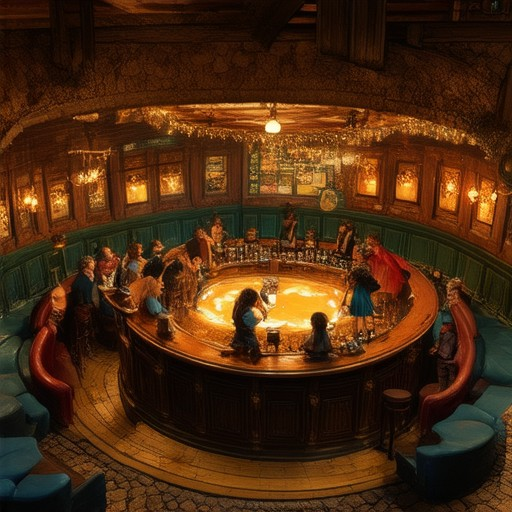
How to Design a Pub Bar
To design a successful pub bar, consider the following key elements:
1. Layout and Space Planning
- Functional Layout:** Ensure adequate space for walking and seating. Avoid overcrowding.
- Bar Area:** Position the bar centrally for easy access and visibility. Provide ample counter space for serving drinks.
- Seating Arrangements:** Offer a mix of high tables for standing groups and low tables for seated gatherings. Include booths for private conversations.
2. Decor and Aesthetics
- Theme Consistency:** Reflect the pub’s personality through decor. Use dark wood tones, vintage signs, and retro elements for a classic feel.
- Lighting:** Install ambient lighting like pendant lights or Edison bulbs to create a cozy atmosphere. Task lighting near the bar ensures visibility.
- Signage:** Display the pub’s name and logo prominently. Use bold fonts and eye-catching designs for signage.
3. Music and Atmosphere
- Background Music:** Choose a playlist that matches the pub’s vibe. Keep the volume moderate to allow conversation.
- Time of Day Consideration:** Adjust music style based on the time. Lively tracks during peak hours, softer melodies in the evening.
4. Branding and Identity
- Name and Logo:** Ensure the pub’s branding is consistent. Use the name, logo, and color scheme across all elements.
- Signage and Promotional Items:** Use branded merchandise like coasters, menus, and glasses to reinforce the pub’s identity.
5. Menu Design
- Drink Selection:** Offer a mix of classic cocktails, local favorites, and signature drinks. Highlight seasonal specials.
- Menu Presentation:** Create an appealing drink menu with garnishes and creative presentations. Use chalkboard menus for a rustic touch.
6. Staff Training
- Service Training:** Train staff to provide efficient and friendly service. Ensure quick drink preparation and accurate orders.
- Greeting and Conversation:** Encourage staff to greet customers and engage in light conversation to enhance the experience.
7. Maintenance and Hygiene
- Regular Cleaning:** Schedule routine cleanings, especially for high-touch areas like the bar and restrooms.
- Sanitation:** Implement strict hygiene protocols for food and drink preparation areas.
By thoughtfully integrating these elements, you can create a welcoming and functional pub bar that stands out.
How to Set Up Your Own Pub
Setting up your own pub involves several key steps, from securing the right location to designing the interior and hiring the right staff. Below is a comprehensive guide to help you get started:
1. Legal Requirements
- Contact local authorities to obtain the necessary business license and health permits.
- Research zoning laws to ensure your location complies with local regulations.
- Understand the requirements for serving alcohol, including any special permits or licenses needed.
2. Location and Space
- Find a suitable location with good foot traffic and visibility.
- Consider the demographic of the area to align with your target audience.
- Inspect the space for rent, lease terms, and potential renovations.
- Check zoning laws to ensure the space can be converted into a pub.
3. Design and Layout
- Plan the layout to optimize space for seating, bar, and kitchen areas.
- Design the bar area with adequate counter space and storage.
- Consider dividing the space into separate sections for dining and drinking.
- Install lighting and soundproofing to enhance the atmosphere.
4. Staffing
- Hire experienced bartenders and waitstaff trained in customer service.
- Develop a basic training program to ensure high service standards.
- Recruit locally to build community connections.
5. Permits and Inspections
- Apply for the appropriate alcohol permits and licenses.
- Undergo a health inspection to meet local standards.
- Ensure fire safety measures are in place, including smoke detectors and emergency exits.
- Install signage visible from the street to guide customers.
6. Decor and Branding
- Choose a theme that reflects the pub’s personality, whether traditional or modern.
- Select a unique name and logo that stands out in the market.
- Curate decorative elements like vintage signs or quirky artifacts.
- Develop branding guidelines for consistent marketing materials.
7. Menu Planning
- Create a diverse menu offering appetizers, mains, and desserts.
- Highlight signature drinks and offer a variety of beers, wines, and cocktails.
- Prepare seasonal menus to keep offerings fresh and exciting.
- Set competitive pricing to attract a broad customer base.
8. Marketing and Promotion
- Build an online presence with a professional website and social media profiles.
- Advertise special promotions like happy hour deals and live entertainment.
- Collaborate with local businesses for cross-promotion opportunities.
- Host events such as live music, trivia nights, or themed parties.
9. Financial Planning
- Develop a detailed budget for initial setup costs, including equipment, decor, and staff.
- Secure funding through loans, investors, or savings.
- Monitor financial performance to ensure profitability and sustainability.
10. Legal Considerations
- Draft a comprehensive business plan outlining goals and operations.
- Comply with employment laws and ensure all staff are properly trained.
- Consult with legal experts to navigate any complex regulations.
- Establish contracts with reliable suppliers and service providers.
11. Training and Education
- Conduct regular staff training sessions to maintain high service standards.
- Stay informed about industry trends and updates through professional development.
- Organize team meetings to address challenges and improve communication.
By following these steps, you can successfully establish a thriving pub that meets the needs of your community and stands out in the local market.
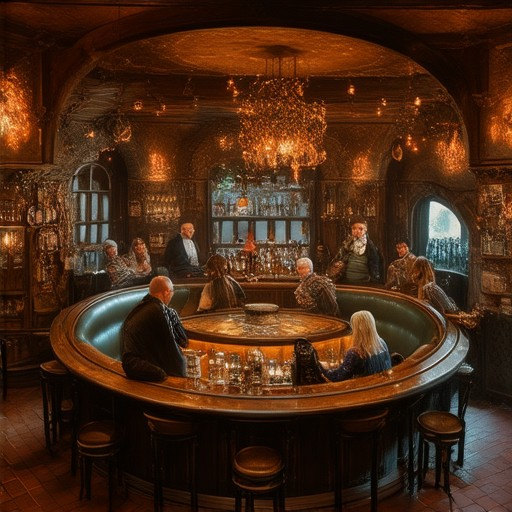
Pub Bar Height: A Comprehensive Guide
The optimal height for a pub bar is generally considered to be between 41 inches (104 cm) and 46 inches (116.5 cm) from the floor. This range provides a versatile solution that accommodates various seating arrangements and customer preferences.
- Standard Pub Bar Height: 41 inches to 46 inches
- Comfort for Seated Customers: Lower bars (around 40 inches) are recommended for areas with high chairs or benches, ensuring ease of access while seated.
- Standing Areas: Taller bars (around 42 to 43 inches) are suitable for standing environments, allowing customers to reach the counter comfortably without leaning too far.
- Traditional vs. Counter Bars: Traditional pub bars may be slightly taller, while counters can be a bit lower, around 38 to 40 inches, depending on design.
- Accessibility Considerations: Ensuring the bar height is accessible to everyone, including individuals with mobility challenges, is crucial for inclusivity and comfort.
When setting up your pub, consider the layout and primary use of the area. Measuring from the floor to the top of the bar consistently will help maintain a uniform appearance and functionality. By selecting the right height, you can enhance the overall dining and drinking experience for your patrons.

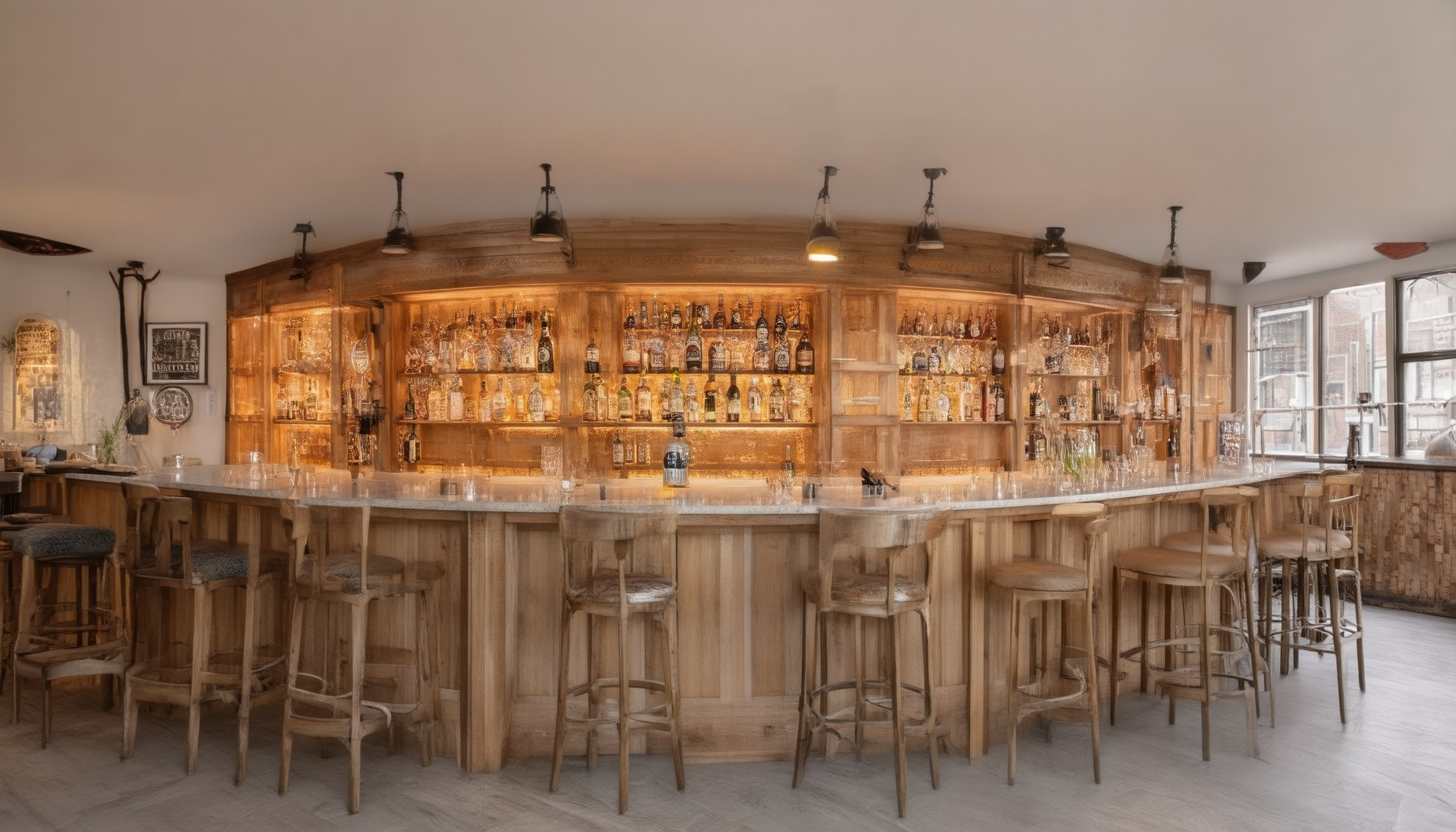
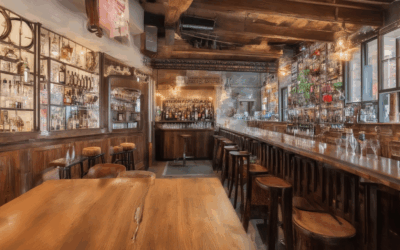
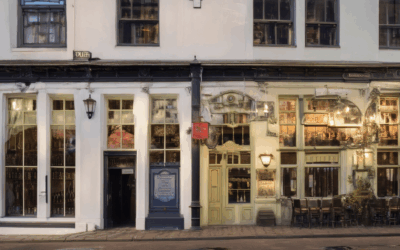
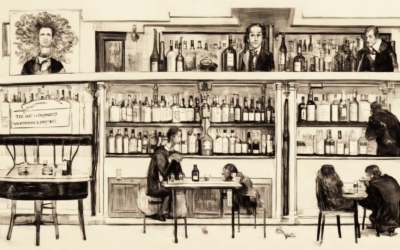
0 Comments